Mastering Scientific Concepts and Content
MAY 16, 2024
The Next-Generation Science Standards* (NGSS) are divided into three areas: Core Ideas (discipline-specific knowledge), Practices and Cross-Cutting Concepts. Last month, in Thinking Like a Scientist, we discussed how Thinking Maps can support the development of scientific practices, including critical and creative thinking, collaboration and communication, and applying modeling and mathematics. However, scientific thinking must also include a solid grounding in content-area knowledge and general scientific concepts. Thinking Maps can help here, too.
What Are Cross-Cutting Concepts?
Cross-cutting concepts are big ideas that help students make sense of scientific information across disciplines. These concepts provide a framework that unifies different scientific disciplines, making learning more integrated and meaningful. They include seven key themes that apply universally:
- Patterns: Noticing patterns helps to identify trends (like animal migration routes or repeating weather patterns), relationships, and similarities and differences between phenomena.
- Cause and Effect: By understanding the relationship between actions and outcomes, students can predict consequences, such as the effects of pollution on ecosystems.
- Scale, Proportion, and Quantity: Students grasp the importance of measurements, helping them understand concepts ranging from microscopic cells to astronomical distances.
- Systems and System Models: Viewing natural and engineered systems allows students to see how parts work together, like the water cycle or a car engine.
- Energy and Matter: Students understand that energy and matter are conserved and transferred in ecosystems, chemical reactions, and machines.
- Structure and Function: Recognizing that the form of an organism or object suits its function, like bird beaks adapted to specific food sources.
- Stability and Change: Identifying consistent patterns and shifts over time helps students predict natural phenomena or technological changes.
Thinking Maps are well suited to these types of thinking. In fact, many of them correlate directly to these cross-cutting concepts.
Patterns
There are many kinds of patterns, each of which can be expressed with different types of Thinking Maps. The Double Bubble Map allows students to explore patterns in terms of similarities and differences.
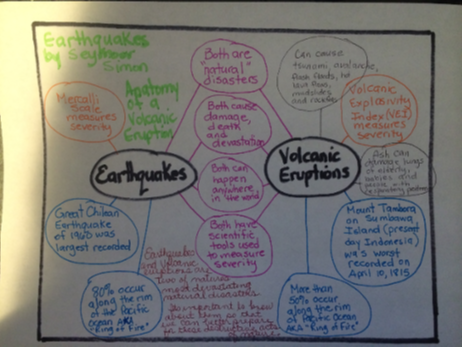
Cause and Effect
The Multi-Flow Map is all about cause-and-effect thinking.
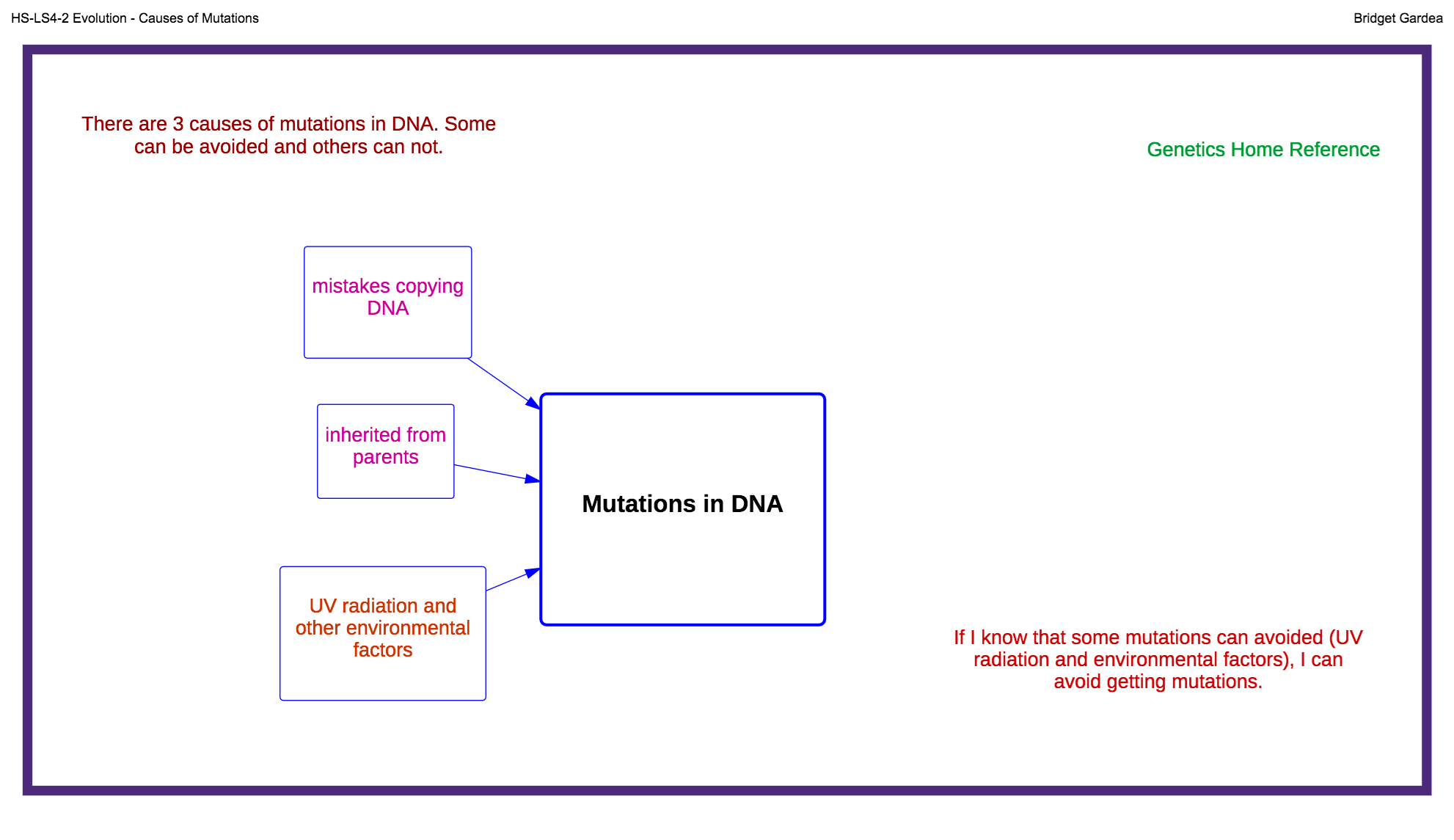
Scale, Proportion and Quantity
This Bridge Map is a great way to help students visualize proportions and quantities.
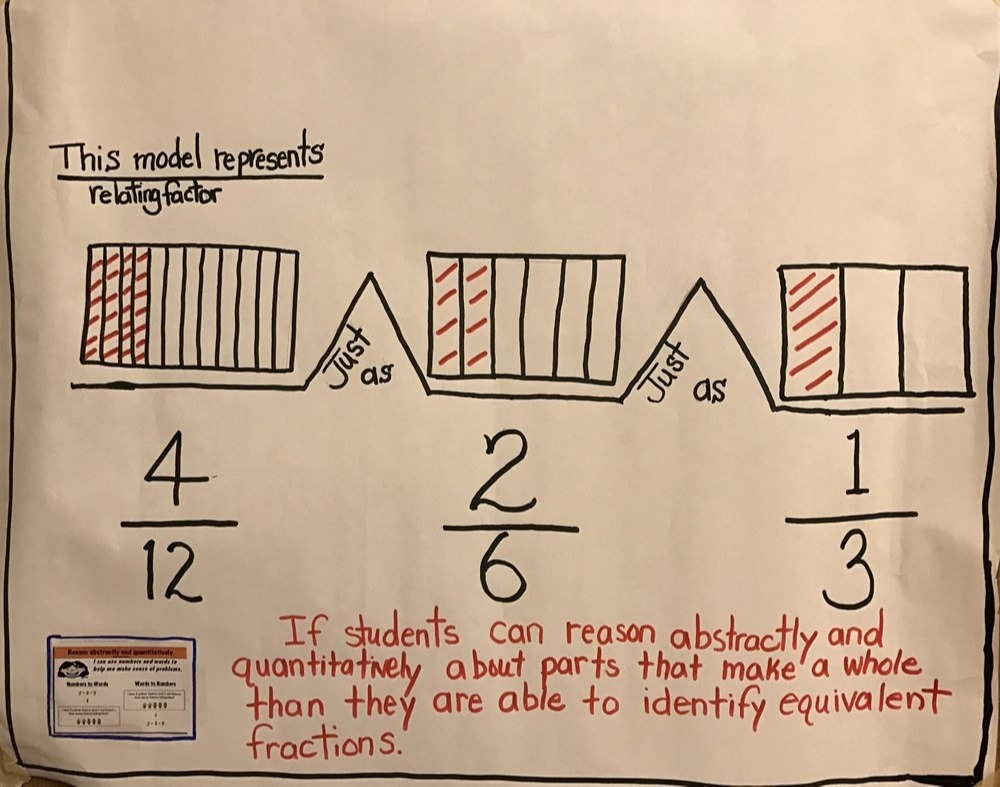
Systems and System Models
Systems and models require an understanding of part-to-whole relationships, which can be expressed in a Brace Map.
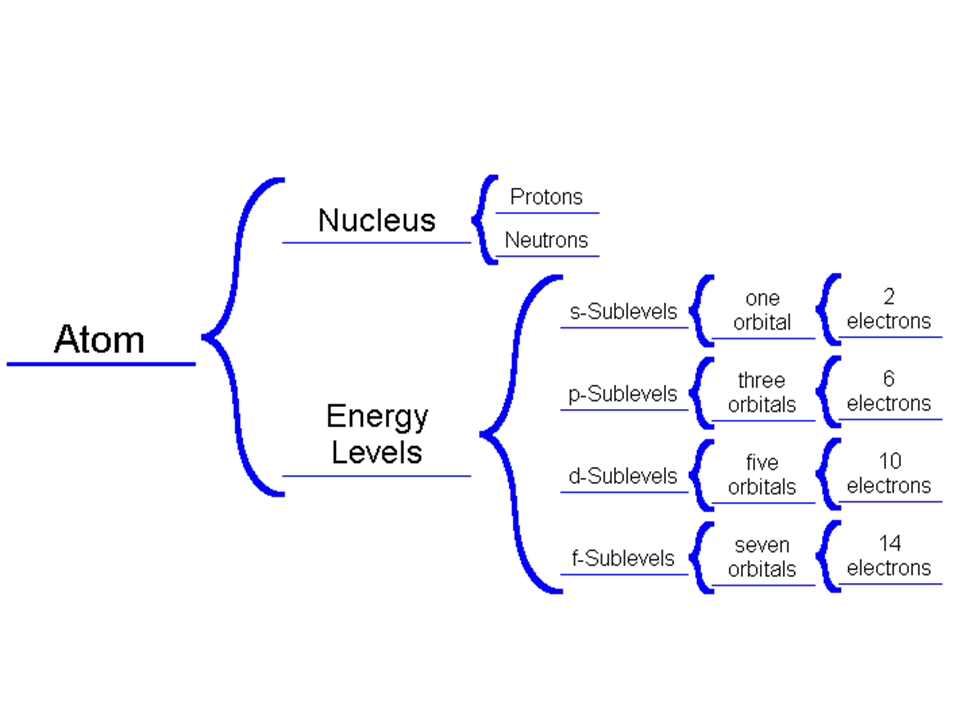
Other types of systems, like the water cycle, may be better expressed as a Flow Map.
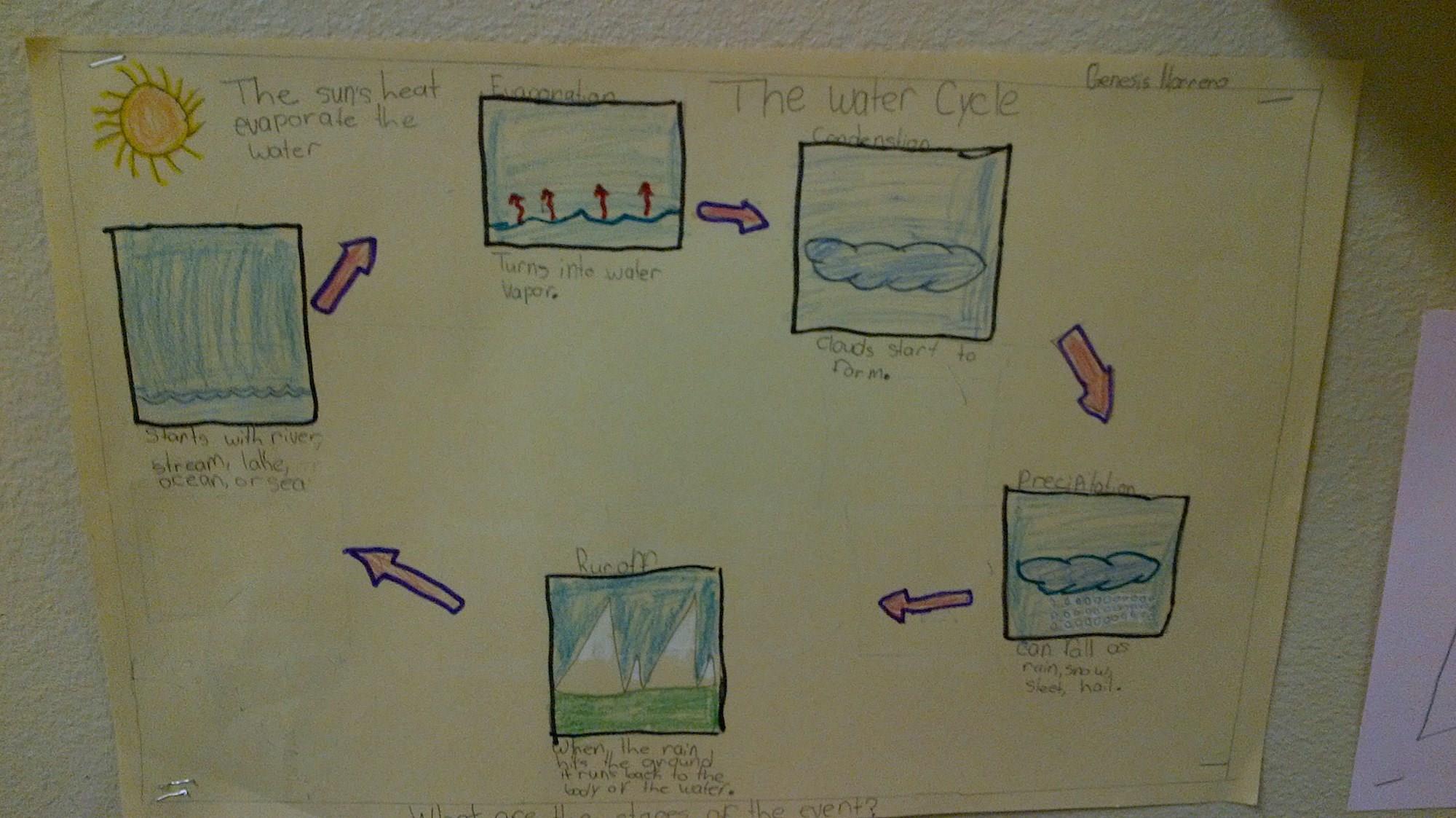
Energy and Matter
Students can use a Tree Map to classify states of matter and forms of energy.
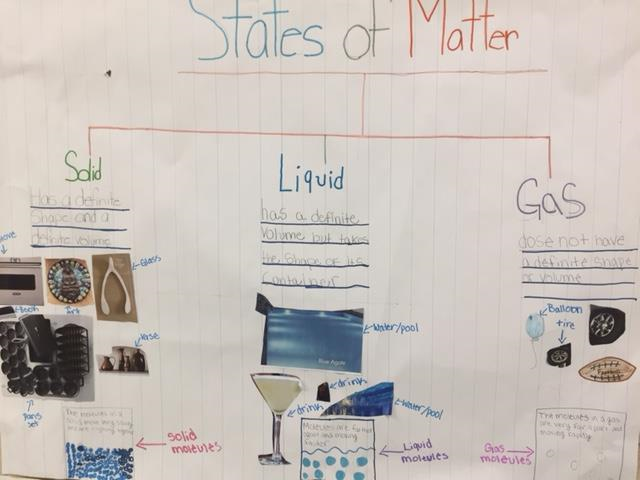
Transformations can be expressed using a Flow Map.
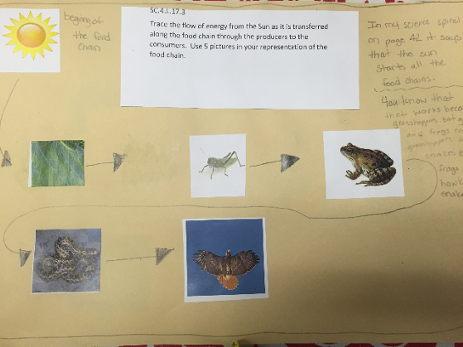
Structure and Function
The Brace Map can be used to explore structure and function in terms of Part-to-Whole relationships.
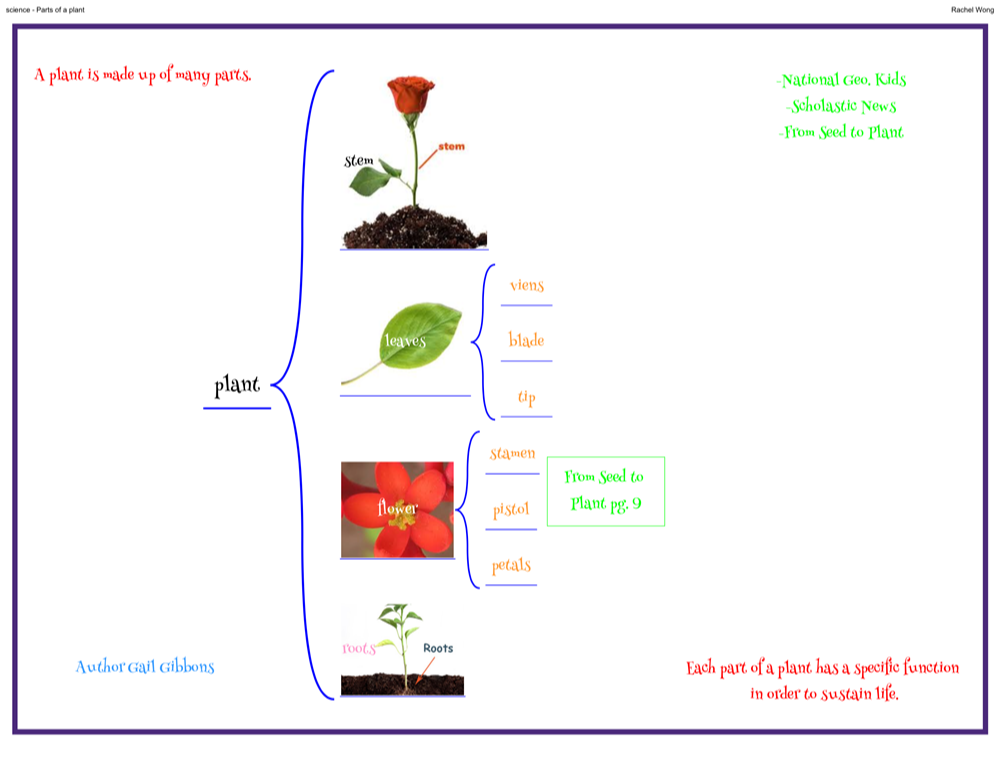
This Flow Map was used to explore hierarchies of body systems.
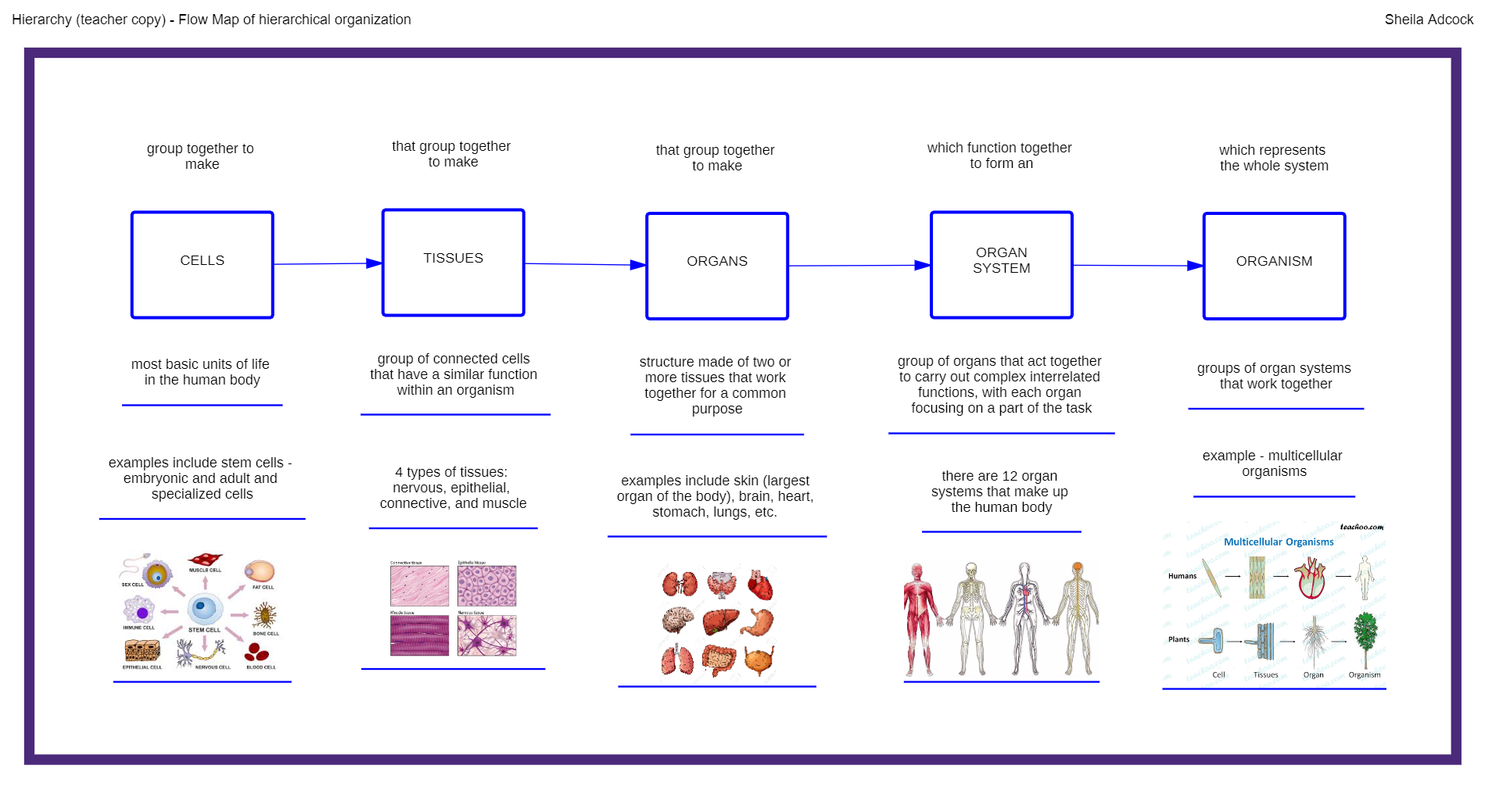
Stability and Change
This Bridge Map is a great way to explore change.
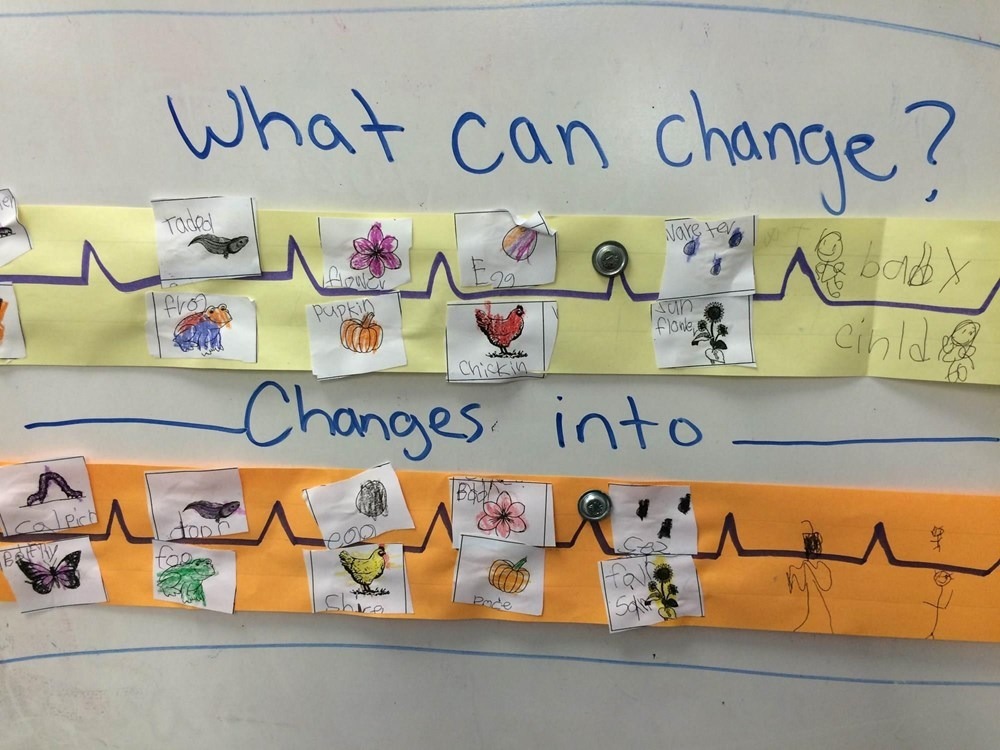
A Flow Map might be used to show the sequence of changes.
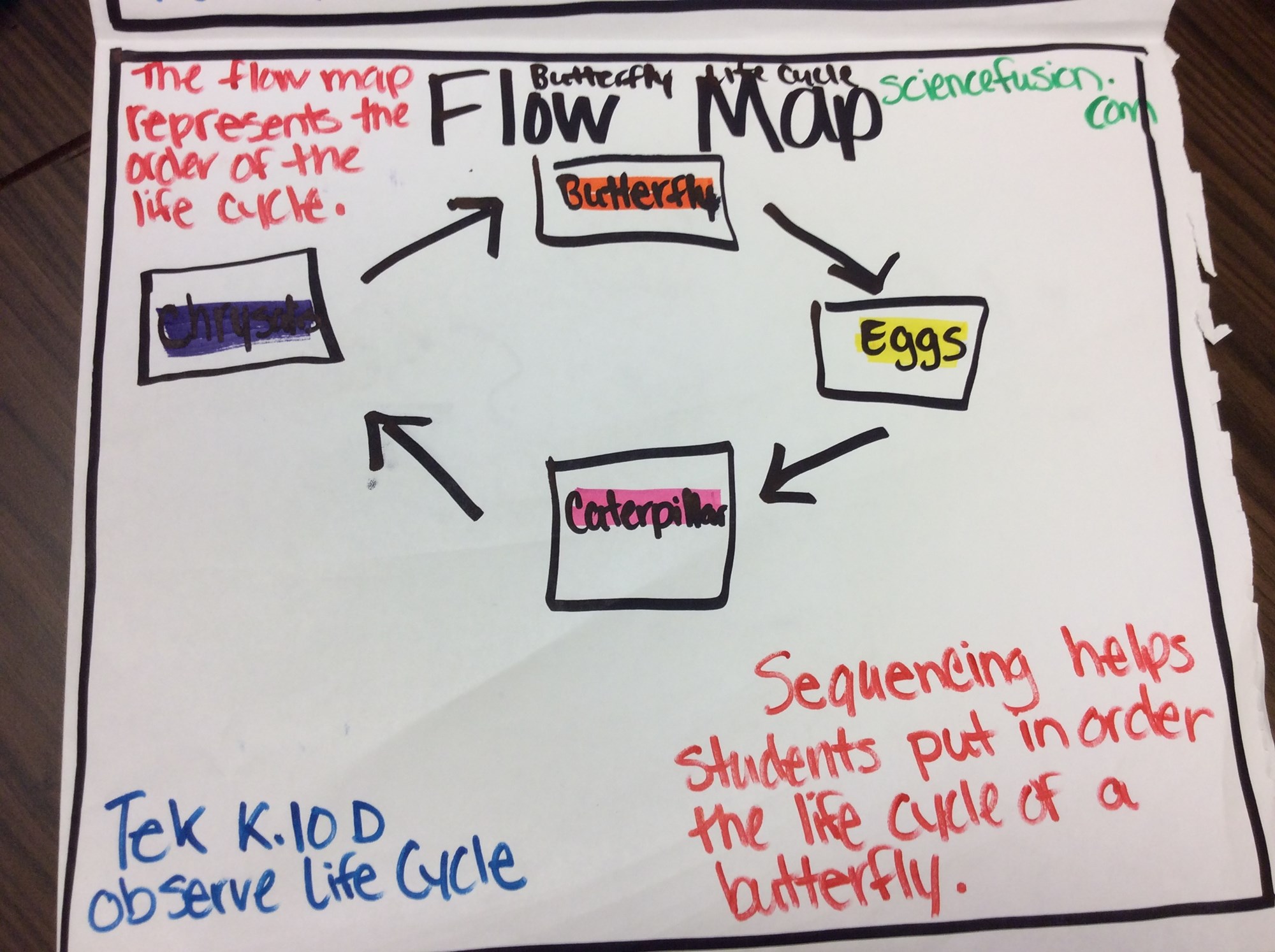
Core Ideas: The Basis for Scientific Understanding
In the NGSS, Core Ideas refer to the fundamental scientific principles that students should understand within four specific domains: Physical Sciences, Life Sciences, Earth and Space Sciences, and Engineering, Technology, and Applications of Science. These ideas form the foundational knowledge for students, enabling them to explore more complex scientific concepts as they progress through their education. Having a solid understanding of basic scientific principles is essential for making informed decisions in a world where science and technology play significant roles in our daily lives. Building a strong foundation of scientific knowledge also prepares students for more advanced study after high school and opens up new career possibilities.
Thinking Maps can be used to help students visualize and understand complex scientific concepts at all grade levels, from PreK all the way to graduate school. They are flexible frameworks for thinking that can be applied to virtually any topic and combined to support more comprehensive exploration and understanding of complex relationships and processes. Using Thinking Maps to take notes, organize ideas and share information helps make scientific information concrete and understandable. That translates to higher levels of comprehension, retention and recall of scientific facts.
Thinking Maps can be used to advance understanding of scientific concepts from PreK to high school…and far beyond. Many students continue to use Thinking Maps as a study and organizational aid well into grad school and in their professional lives.
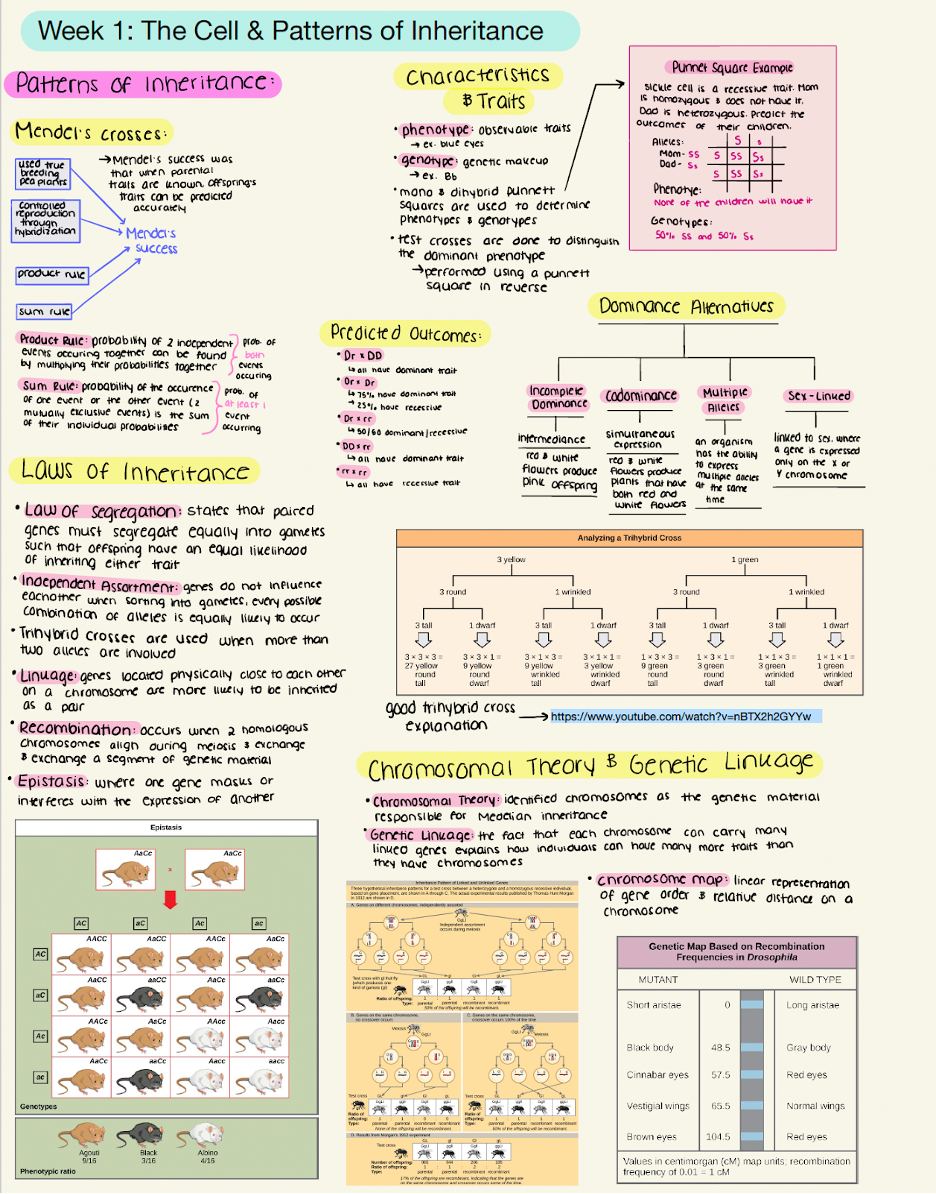
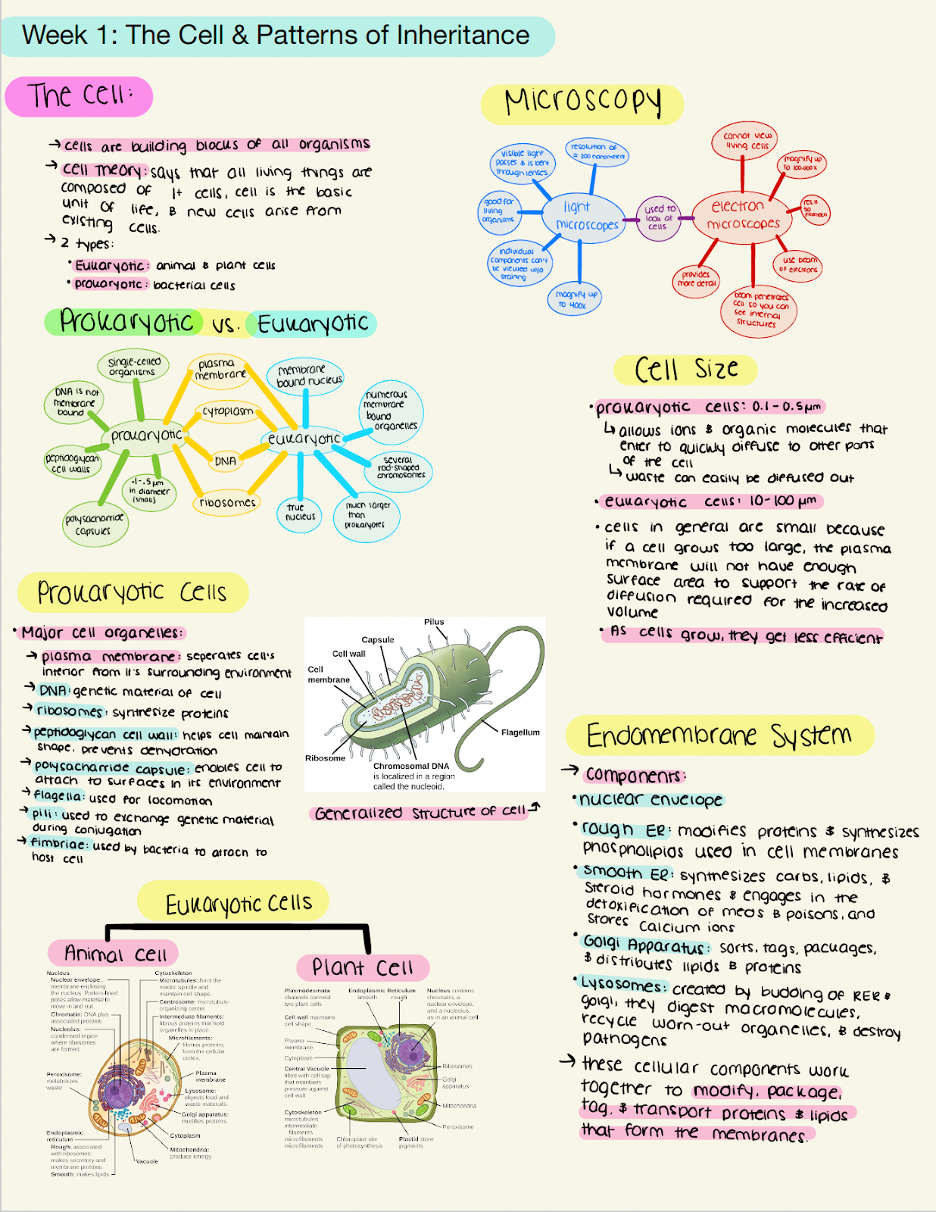
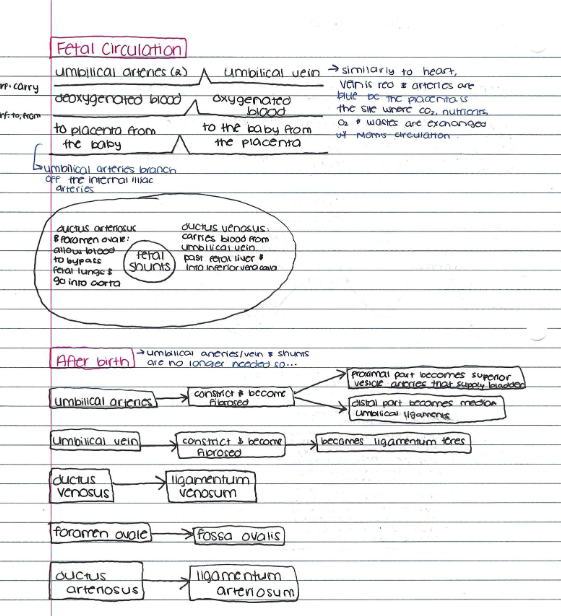
Want to learn more about Thinking Maps and STEM?
*“Next Generation Science Standards” is a registered trademark of WestEd. Neither WestEd nor the lead states and partners that developed the Next Generation Science Standards were involved in the production of this product, and do not endorse it.
Continue Reading
November 24, 2025
Critical thinking is having a moment in education, but in many classrooms, it is still more slogan than reality. Drawing on their district- and classroom-level work with Thinking Maps, we were joined by four practitioners who shared what it really looks like to build a culture where students—not teachers—do the heavy cognitive lifting. Here are their 5 key takeaways.
October 16, 2025
Across classrooms today, artificial intelligence is reshaping how students access and produce information. While AI can generate answers instantly, it often interrupts the deeper process of thinking and reflection that makes learning meaningful. The challenge for educators is not whether to use AI, but how to ensure students continue to engage in authentic, critical thought when it is present.
May 1, 2025
Artificial Intelligence (AI) is transforming education, from custom content in a minute to personalized learning. But with this surge in AI adoption comes a critical challenge for educators and students alike—the need to strengthen critical thinking skills. While AI offers immense potential, it cannot replace the human ability to think analytically, question assumptions, and make independent judgments.
March 19, 2025
When we align instruction with the way the brain prefers to receive information, we can reduce the “cognitive load” of learning and help students maximize understanding, retention and recall. These six brain-based strategies can help educators improve learning outcomes and make learning more fun and efficient.